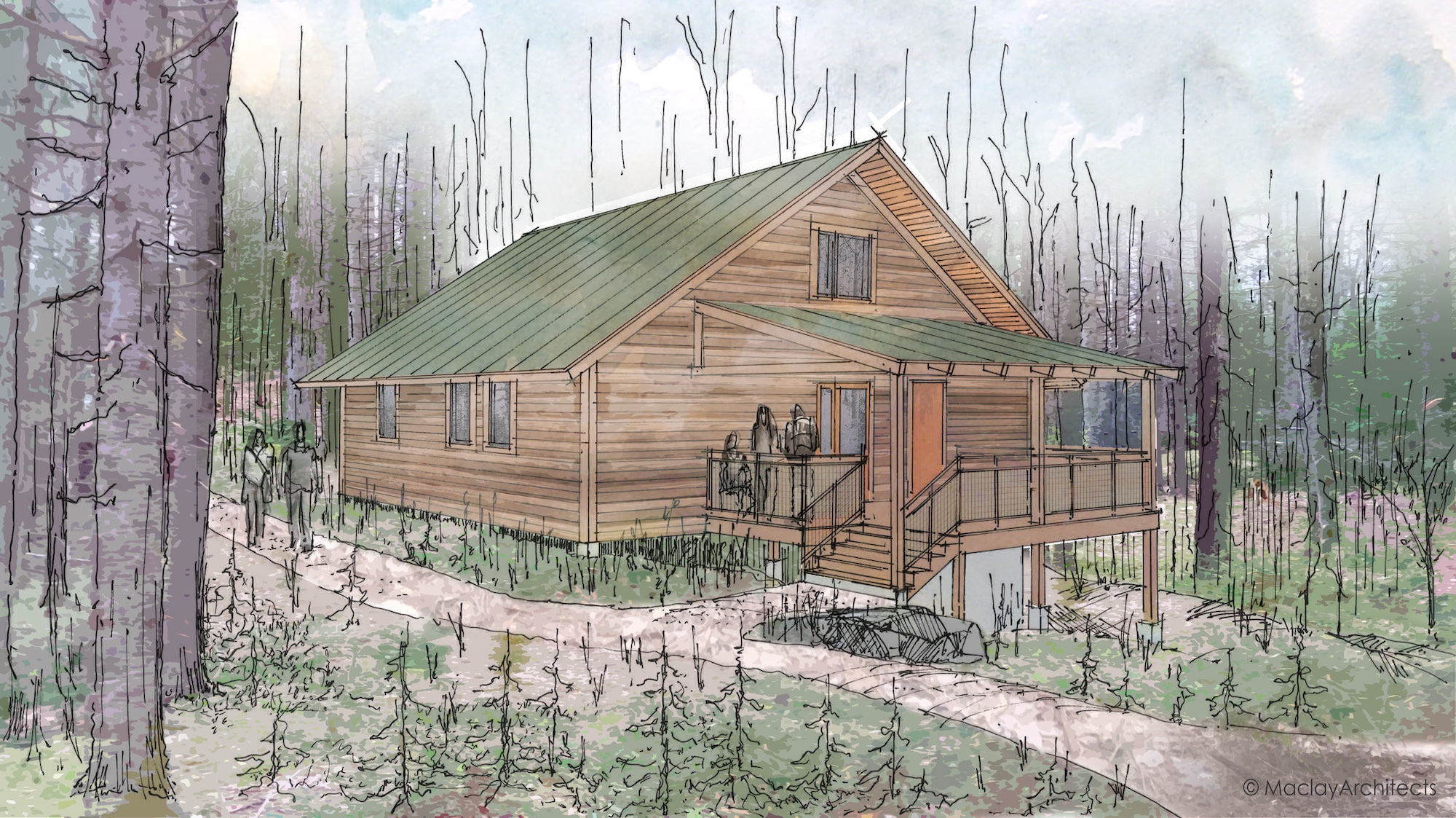Ice Climbing
Club Trips
Each winter MITOC runs numerous ice climbing trips to crags in New Hampshire. These trips are open to beginers and all technical gear can be rented from the club. Typical destinations are Rumney, Flume Gorge and Kinsman Notch. Typically these trips are part of winter school but continue throughout the spring. If you want to ice climb with MITOC, make sure you attend the mandatory winter safety lectures, typically offered in the first week of winter school in January and sometimes additionally offered outside of winter school.
Safety
MITOC owns a bunch of safety glasses, so there is no excuse to not wear eye protection during any MITOC trip. Participants should for sure be wearing either some of these glasses, some glasses of their own or some ski-goggles (in addition to always wearing a helmet). Also, in rock climbing situations there’s a chance a rock might come down so it’s wise to designate a “helmet zone”. In ice climbing, you’re pretty much guaranteed to have ice coming down (and perhaps other gear) so instead of just a helmet zone, be sure to also include a “no stand zone” with a pretty wide radius around the fall zone so that people aren’t inclined to belay / hang out / shuffle their packs in an unsafe location.
Disclaimer
Climbing and mountaineering are activities with a danger of personal injury or death. Participants in these activities should be aware of and accept these risks and be responsible for their own actions and involvement.
Questions?
Contact climbing-chair@mit.edu.




